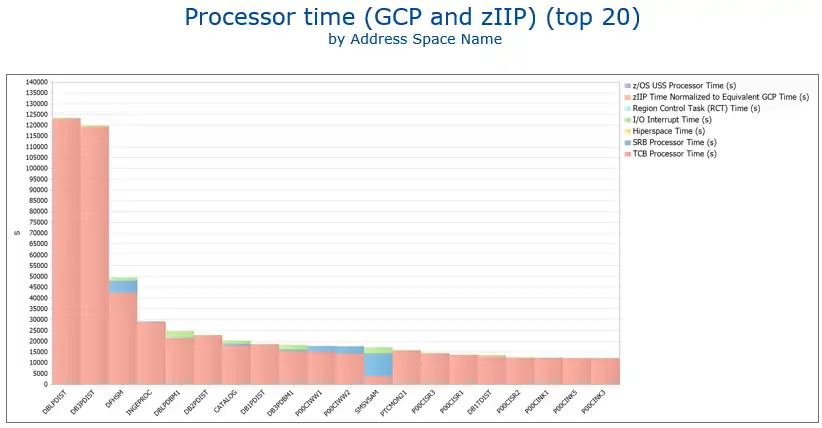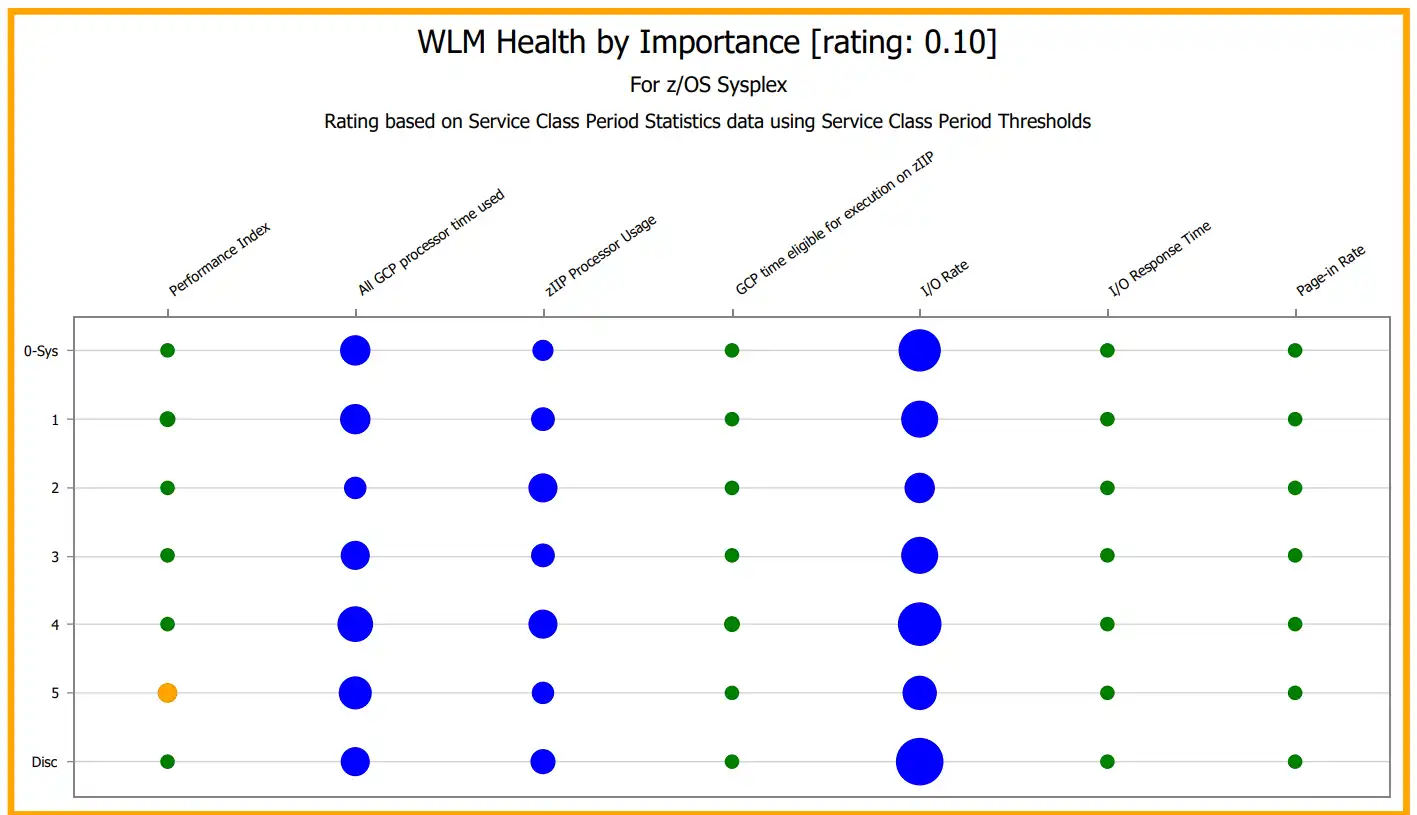You are nowhere near your workstation, and you receive an urgent text that z/OS has an unexpected increase in CPU utilization. While the alert is beneficial, it would be more helpful if you had all the information you needed to diagnose the issue in hand. We discussed the pains of bad alerts in part 1 of this blog. The remainder of this blog discusses how you can integrate your z/OS alerting with the rich artificial intelligence of IntelliMagic Vision.
Rather than just another alarm in a sea of alarms, you should be able to expect more from your alerts. Especially with something as important as your z/OS, alerts should provide actionable recommendations to the problems they are alerting you to. IntelliMagic Vision does just that. IntelliMagic Vision can be configured to send detailed root cause analysis reports based on pre-defined z/OS alerts allowing you to understand the impact and urgency of the alert and guiding subsequent investigation.
Leveraging IntelliMagic Vision to Simplify Alerts
IntelliMagic Vision has always provided ways to automatically generate and email reports. Combining the power of IntelliMagic Vision with automation to trigger customized reports whenever you need them is simple and fast. The description below explains how to set up the automation.
- Define the reports you want to receive in a custom report set.
- When z/OS alerts you to “something”, set up automation to run an IntelliMagic script to create the appropriate detailed analysis. We recommend putting the output of the detailed automated analysis into a pdf. This step is very easy, and we would like to talk you through the options as to how to accomplish this.
- When all automated, in just a few minutes you will receive an email with all the information you need to further analyze your z/OS alert. You can look at the report from your Smartphone, Tablet, etc.
Examples of Helpful z/OS Alerts
Recently, we helped a customer understand which address spaces were the top CPU consumers whenever their z/OS system alerted them to capping issues. When the alert is received, IntelliMagic Vision runs the automation and emails them the top address spaces over the last four hours. Here is an example of the type of report below:
Another example of the type of alerting integration possible is to receive a Workload Manager Dashboard in the event z/OS alerted that a service class was missing its goal. This dashboard would tell you right away if higher importance work (1’s or 2’s) was having an issue, or lower importance work was triggering the alert.
If you received the dashboard shown above, you might be able to address the alert at a more convenient time, since only importance 5 work is missing its goal. Regardless of the importance, you could also have a report in the report set that would tell you which service class was missing its goal.
Be Creative!
What kinds of automated analysis would make your life easier? In order to answer this question, we suggest you record the process you execute when you receive a z/OS alert. What analysis do you perform? What information would be helpful to you as a Performance Analyst when you receive a specific type of z/OS alert?
If you’re interested in seeing how IntelliMagic could help you automate performance analysis please contact us at sales@intellimagic.com.
This article's author
Share this blog
Related Resources
A Mainframe Roundtable: The Leaders | IntelliMagic zAcademy
Join industry leaders as they discuss the evolution of mainframes, sharing personal experiences, challenges, and future insights, along with practical advice from their careers in the Z ecosystem.
Challenging the Skills Gap – The Next Generation Mainframers | IntelliMagic zAcademy
Hear from these young mainframe professionals on why they chose this career path and why they reject the notion that mainframes are obsolete.
New to z/OS Performance? 10 Ways to Help Maintain Performance and Cost | IntelliMagic zAcademy
This webinar will delve into strategies for managing z/OS performance and costs. You'll gain insights into key metrics, learn how to identify bottlenecks, and discover tips for reducing costs.
Book a Demo or Connect With an Expert
Discuss your technical or sales-related questions with our mainframe experts today



 Jerry Street
Jerry Street